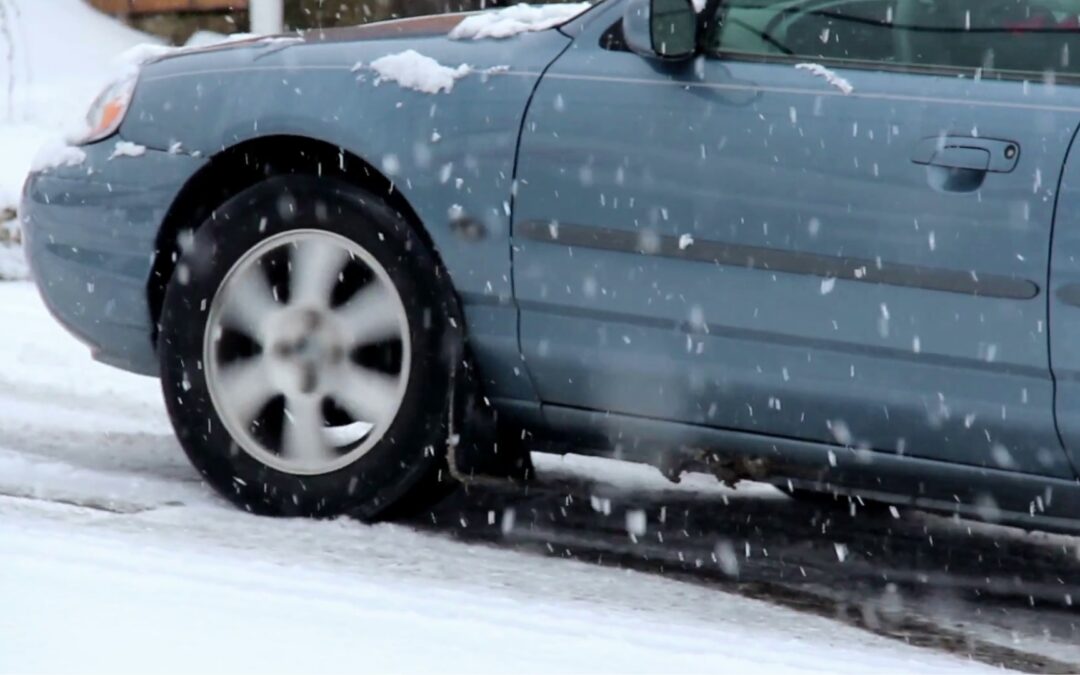Take a look at the following statements:
- A crash sparked by an apparent road rage incident claimed the lives of a pregnant woman and her unborn child at the intersection of Boulevard and 52nd Street, Long Beach, this weekend. (Source: LA Times)
- A car-to-car shootout prompted by road rage left one person wounded and led to a violent crash near East Seventh Street and Park Avenue, Long Beach. (Source: Press Telegram)
- A 68-year-old Los Angeles man was killed in Long Beach at midnight when his vehicle sped into the back of a sedan, veered onto a center median and crashed into a support pillar of the San Diego (405) Freeway. (Source: CBS News)
These are a few of the many incidents that made it to the headlines this year. Every year, about 43,000 people are killed in the U.S. from car accidents, while 3 million sustain injuries. There are several reasons responsible for car accidents. Depending on the factor responsible, they can be divided into three categories:
- Human factors
- Technical factors
- Environmental factors

Learn more by reading the full article
Each of them has subcategories listing various reasons which contribute to the rising cases of car collisions in Long Beach.
A) Human factors
Many drivers are way too confident with their driving that they tend to ignore the precautions one should take while on the road. Human factors imply that if the drivers were careful enough, an accident could have been avoided. Reasons falling under this category include:
Speeding – Speeding is the most common reason for accidents in Long Beach. The long wide streets and freeways of Long Beach cater to this factor. According to the Safe Streets Long Beach Action Plan, only 8% of our streets have posted speed limits of 40 mph or greater, although these are the places where the number of fatal and serious injury car accidents is the highest. The faster one drives, the harder it becomes to react to uncertainties. As per estimates, around 40% of car accidents in Long Beach involve speeding, which is above the national average of 27.7%.
Drunk driving – Another important cause, it is more responsible for car accidents during late-night hours. Alcohol affects whole-body functioning, causes changes in the part controlling motor skills, and slows down reflexes that affect the ability to steer or brake. It also relaxes muscles and causes fatigue and blurred vision, slowing down the visual reaction time. DUI, or driving under the influence, also includes driving after consuming drugs that can have similar, if not more serious, effects.
Tailgating – Driving is an activity requiring a level of patience that many people do not give to it. Angry or impatient drivers tend to drive too close to another car for no good reason. The driver may not get enough time to react, which at times results in serious collisions. The opposite factor is lane changing, in which the driver is too impatient and changes lanes frequently. This can result in a crash.
Distracted driving – This type of driving is exclusive to none, as almost all of us at some point have done this. Unfocused forms of driving include using cell phones, eating, texting, or talking to passengers while driving. Notably, texting is one of the most dangerous and claims many lives every year.
Drowsy drivers – The busy schedule of the modern lifestyle has disrupted our sleep patterns. Unfortunately, many people try to complete their sleep cycle on the road while their car is moving! In such cases, it’s advisable to pull over in a safe location and take a short nap instead of driving half awake.
Ignoring traffic signs – Traffic signs are instructions for the drivers and pedestrians and not mere roadside decor. But many people ignore them, which ultimately leads to accidents. In fact, most of the human factors are forms of disobedience of traffic laws. For example, reversing inappropriately, driving on the wrong side, disregarding turn marks at intersections, fleeing or evading police, failing to yield while turning left, etc., are all forms of traffic violations. Following traffic instructions can definitely reduce the probability of an accident, if not completely eliminate it.
B) Technical factors
These factors pertain to the functioning of vehicles on the road. These include:
- Defective headlights, brake lights, tail lights or signals,
- Driving without headlights and/or blinkers,
- Vehicle fire.
While some of these factors cannot be in our direct control, we must try our best to reduce the risks by regular maintenance and repair of our motor vehicles. Local authorities must also make sure that traffic signals are working appropriately
C) Environmental factors
Environmental factors are conditions related to climate and weather. Long Beach roads and highways can be more dangerous during torrential rains, fog, sleet, mudslides, snowstorms and high winds. Wet pavement affects friction that restricts smooth driving, and drivers can be much more prone to committing roadway errors that lead to car accidents.
While environmental and technical factors cannot be under our complete control, we can deter most accidents by being cautious of human factors. If, due to unfortunate circumstances, you’re affected by a car accident, immediately contact your attorney to avoid risks in the future.
Remember, safe driving saves lives!

